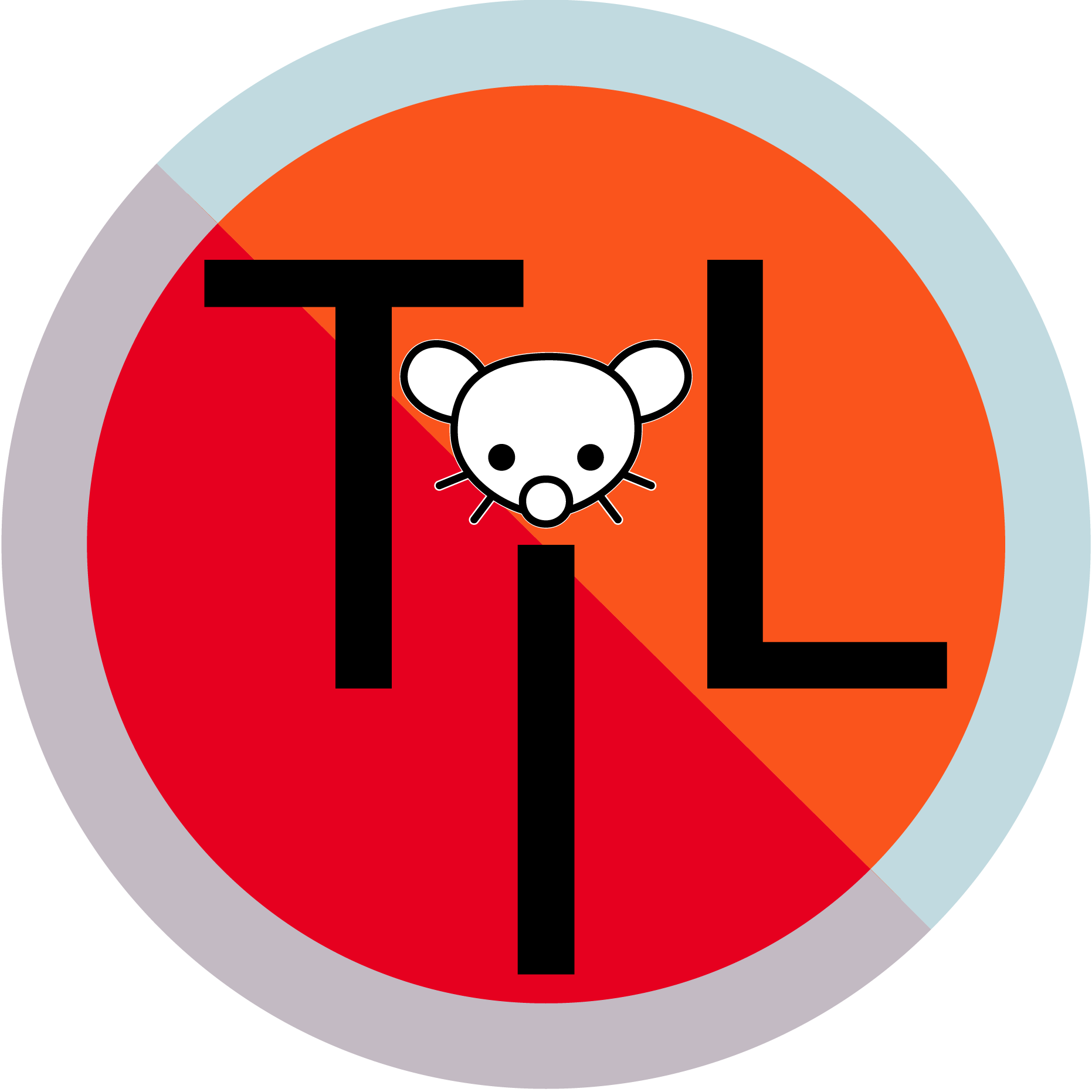

Yeah. Power plants are nowhere near 90% efficient.
It’s worth emphasizing, though, that they’re still way, way more efficient than car engines are.
Also, regenerative breaking saves a lot of energy. Basically, instead of using the motor to increase the cars speed, you use it as a generator to recharge the battery.





If that’s something that regularly happens in the US, do you have any examples from the last decade, instead of three examples from 55-60 years ago?